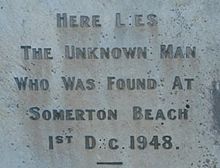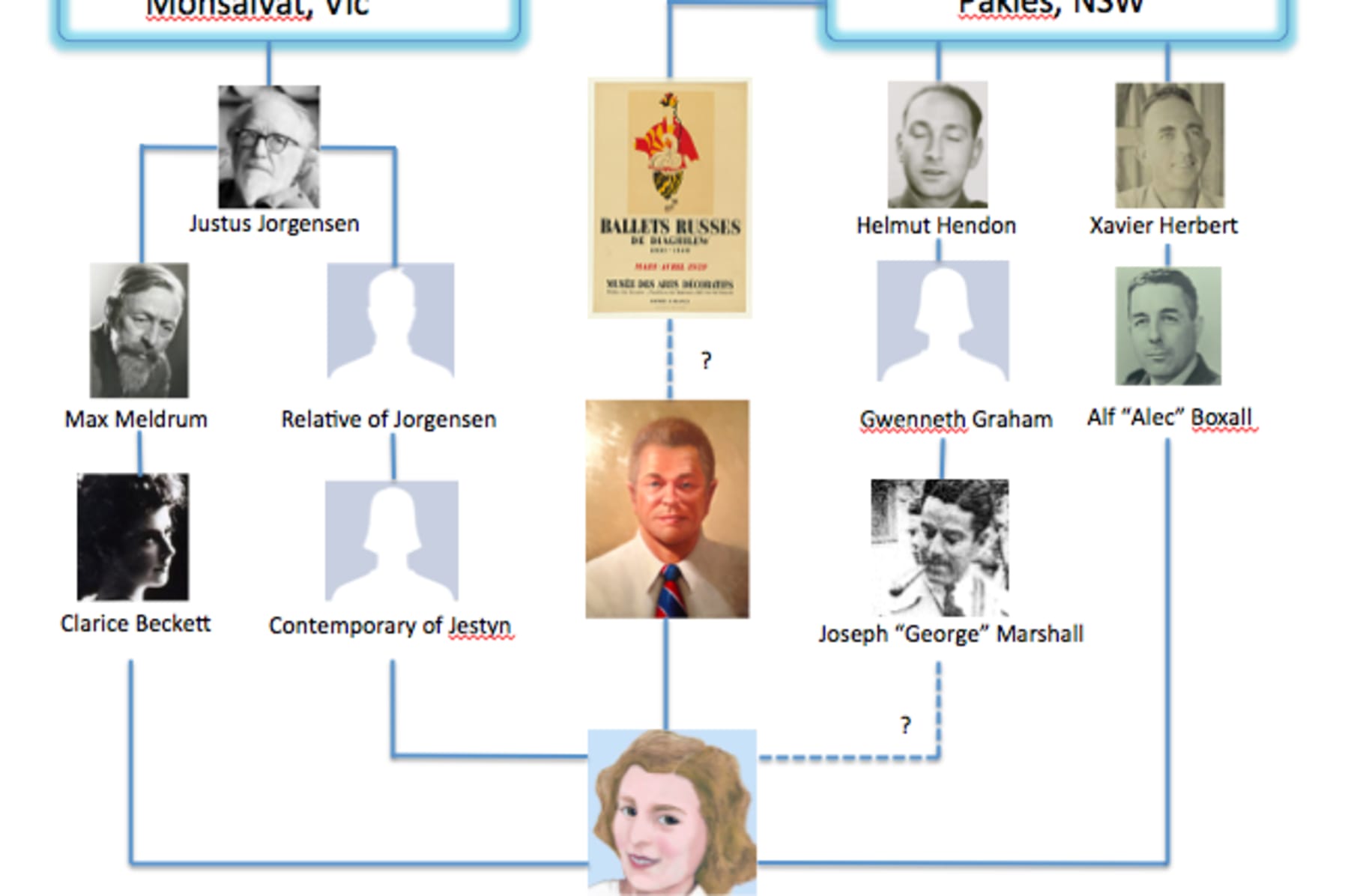The Somerton Man Mac OS
Filmmakers say they may have found a crucial detail to help solve the 1948 mystery of the Somerton Man....
Filmmakers say they may have found a crucial detail to help solve the 1948 mystery of the Somerton Man.
Somerton Man Update
It’s hoped the mystery could soon be solved. Picture: Matt TurnerSource:News Corp Australia
It was the first day of summer in 1948, when two trainee jockeys, exercising their horses at Somerton Beach in South Australia, made a discovery that would become one of Australia’s greatest mysteries.
They saw a man lying slouched against the seawall at an uncomfortable angle. His body was flat, his head was propped up awkwardly on the concrete wall.
On closer inspection they discovered the man had died with an unsmoked cigarette rested on his chest.
His hair was immaculate, his double-breasted jacket was pressed and in perfect condition and all the labels had been removed from his clothes.
In TAMAM SHUD: THE SOMERTON MAN MYSTERY, Kerry Greenwood has taken the opportunity to look back. At a case that continues to remain unsolved since the body of a man showed up on a beach in Adelaide in 1948. At the traces of the investigation that remain. At a much loved father. The man became known as the ‘Somerton Man’. Source:The Advertiser An autopsy found he was a fit 40 to 45-year-old man, possibly an athlete, “in top physical condition”. Tamam Shud: The Somerton Man Mystery - Kindle edition by Greenwood, Kerry. Download it once and read it on your Kindle device, PC, phones or tablets. Use features like bookmarks, note taking and highlighting while reading Tamam Shud: The Somerton Man Mystery. TSM alizikwa mnamo Juni 14, 1949. Alisindikizwa na wapelelezi wa kesi hiyo na mamlaka ya mji wa Adelaide ila vitu vyake viendelee kuhifadhiwa maana vyaweza kuwa msaada mbeleni, huku kaburi lake likiwekwa jiwe lenye maandishi ya “Hapa ndipo alipozikwa mtu asiejulikana aliepatikana ufukweni Somerton mnamo Desemba 1, 1948”.
He didn’t seem homeless or like he’d been drinking; rather he was well-presented and overdressed for what was a warm evening prior.
The man became known as the ‘Somerton Man’.Source:The Advertiser
An autopsy found he was a fit 40 to 45-year-old man, possibly an athlete, “in top physical condition”.
To make the death even more mysterious, a small rolled up piece of paper was found in a hidden fob watch pocket — read “Tamam Shud”, which is Farsi for “it is ended” or “finished”.
The strange circumstances surrounding the man’s death, led to speculation and theories that have baffled experts and amateur sleuths to this day.
THE SOMERTON MAN
Nobody has ever come forward to identify him, and police couldn’t match his dental records or fingerprints with anyone.
Due to this, he became known simply as the “Somerton Man”.
But now, for the first time ever, the answers about who he was, how he died, where he came from are within reach.

The word ‘Keane’ was found written on the Somerton Man’s clothes.Source:Supplied
That’s because South Australian Attorney-General Vickie Chapman, who studied the case at law school, has granted conditional approval for an exhumation of the body.
And, it’s hoped new technology will solve the mystery spanning seven decades.
One of those who invested years of their lives investigating the mystery of the Somerton Man, Professor Derek Abbott, has a theory about who he is.
The Somerton Man Mac Os 11
And in a bizarre twist of fate, he married a woman, Rachel Egan, who he believes is the Somerton Man’s granddaughter.
Ms Egan told Australian Story he thought the professor was a “nerd” who showed an unusual interest in her ears and teeth, when she first met him at a Brisbane restaurant.
“He wanted to look at my ears and my teeth. He was also after my DNA,” Ms Egan says. “It’s probably the first request I’ve had from a man to do that.”
They are now happily married with three children.
Professor Derek Abbott met his wife Rachel Egan while investigating the Somerton Man. Picture: Australian StorySource:ABC
CRYPTIC MESSAGE
The jagged piece of paper found on the Somerton Man was soon discovered to have been ripped from the final page of The Rubaiyatof Omar Khayyam, specifically a 1941 edition.
The book was a translation of verses by an 11th century Persian poet, and popular in the Western world during the 1940s.

Police launched a nationwide appeal for information on the book with the missing page and, surprisingly, a man came forward claiming he found the book on the back seat of his vehicle, which was parked at Somerton Beach around the time of the man’s death.
He often left the windows of his car open and thought little of it until he read about the search in the paper.
The book itself revealed a startling clue on the back page: an encrypted message, five lines long, each with nonsensical strings of letters.
The code has stumped experts around the world. Picture: Supplied by Gordon CramerSource:Supplied
The second line is struck out, adding to the mystery. Code-crackers from the Federal Bureau of Investigation and Scotland Yard were tasked with decoding the message, but this came to nothing.
Given the man’s “top physical condition”, as described by the coroner, the secret code, undetectable poisoning, the fact that nobody could identify him and the “Tamam Shud” paper, theories abounded that the Somerton Man was a Russian spy.
This was the beginning of the Cold War and paranoia loomed large.
Another clue found in the examined copy of The Rubaiyatof Omar Khayyam was far more fruitful: the indentation of an unlisted phone number, which belonged to a nurse named Jessica Thomson. Could she hold the key?
WHO WAS JESSICA THOMSON?
Ms Thomson was born in 1921 in the Sydney suburb of Marrickville, and worked as a nurse at the Royal North Shore Hospital.
At the time of the Somerton Man’s death, she’d moved to Adelaide and lived in Glenelg, 400 metres from where the body was found.
Police speculated he had arrived in the suburb to visit her and neighbours claimed an unknown man knocked on her door the night before.
Ms Thomson, however, denied any knowledge of the Somerton Man. Her denial didn’t ring true to detectives, however.
It’s hoped the mystery could soon be solved. Picture: Matt TurnerSource:News Corp Australia
Detective Sergeant Leane showed Ms Thomson a plaster cast made of the man’s head and described her reaction as “completely taken aback, to the point of giving the appearance that she was about to faint”.
Nevertheless, she still denied knowing him.
Jessica Thomson died in 2007.
However, Professor Abbott believes she had a son called Robin who shared remarkable similarities with the Somerton Man — a rare genetic disorder present in only 2 per cent of the population. The child would have been 16 months old when the Somerton Man died.